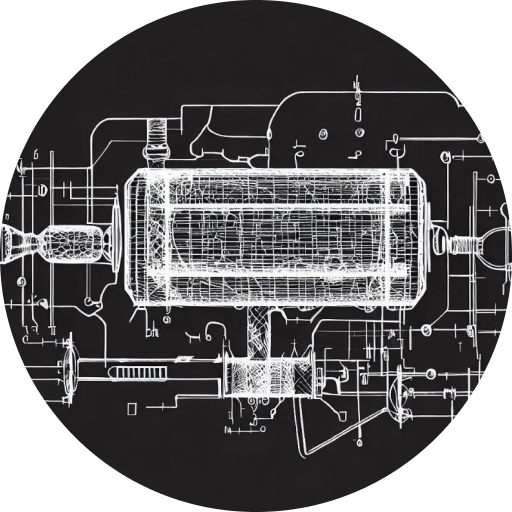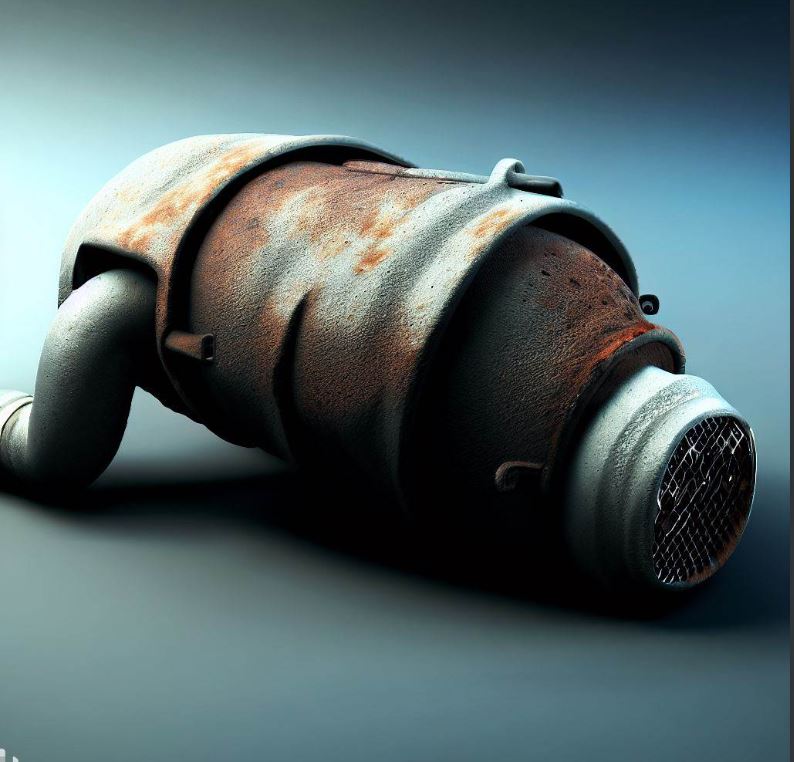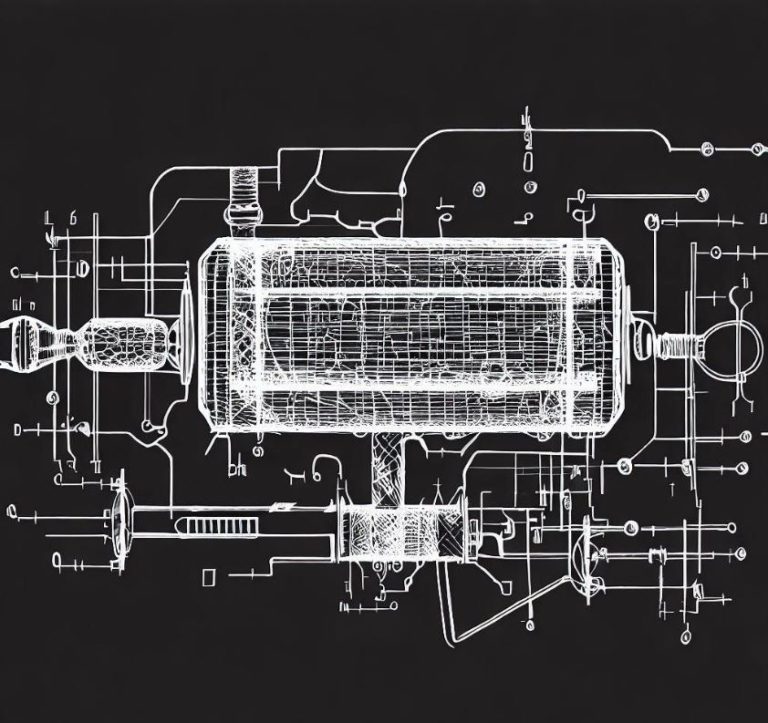Understanding How Catalytic Converters Fail: Common Causes
Introduction:
A catalytic converter is a crucial component of a vehicle’s exhaust system that plays a vital role in reducing harmful emissions. However, like any automotive part, catalytic converters can fail over time. Understanding the common causes of catalytic converter failure is essential for vehicle owners to recognize the signs, take preventive measures, and address any issues promptly. In this article, we will explore the various factors that contribute to catalytic converter failure, providing valuable insights into why these failures occur and how they can be prevented.
To gain a deeper understanding of catalytic converter failure, it’s important to refer to reliable sources. The Environmental Protection Agency (EPA) provides comprehensive information on vehicle emissions and catalytic converters. You can access their website at https://www.epa.gov/ to learn more about emissions control systems and the role of catalytic converters in reducing pollution.
Causes of Catalytic Converter Failure
There are several reasons why catalytic converters may fail. Let’s explore some of the common causes in detail:
Contamination:
Contamination is a leading cause of catalytic converter failure. The converter’s internal structure contains precious metals such as platinum, palladium, and rhodium, which facilitate the chemical reactions that reduce emissions. Contaminants like engine oil, coolant, or unburned fuel can enter the converter due to engine issues, such as a leaking head gasket or malfunctioning fuel injectors. These contaminants coat the catalyst, reducing its efficiency and eventually causing failure.
Overheating:
Excessive heat can damage the catalyst substrate within the converter. Overheating can occur due to engine misfires, rich fuel mixtures, or a malfunctioning engine management system. High temperatures can cause the catalyst to melt or lose its surface area, impairing its ability to convert harmful gases effectively.
Physical Damage:
The physical integrity of the catalytic converter can be compromised by external factors such as road debris, speed bumps, or collisions. Impact or damage to the converter’s housing can result in a broken or crushed catalyst substrate, rendering it ineffective.
Oxygen Sensor Malfunction:
The oxygen sensors play a crucial role in maintaining the proper air-fuel mixture for optimal catalytic converter performance. If the oxygen sensors malfunction or provide incorrect readings, it can lead to an imbalanced air-fuel ratio, causing stress on the converter and potentially leading to failure.
Preventing Catalytic Converter Failure
While catalytic converters can fail over time due to normal wear and tear, certain preventive measures can help extend their lifespan:
Regular Maintenance:
Follow the manufacturer’s recommended maintenance schedule for your vehicle. Regular inspections can help detect and address issues early on, preventing further damage to the catalytic converter.
Fix Engine Problems Promptly:
Address any engine problems promptly to prevent the release of excessive unburned fuel, oil, or coolant into the exhaust system. Regularly check for leaks, misfires, or abnormal engine performance and have them repaired by a qualified mechanic.
Use Quality Fuels:
Using high-quality fuels can help minimize the build-up of deposits in the combustion chamber, reducing the risk of contamination reaching the catalytic converter.
Avoid Excessive Idling:
Extended periods of idling can cause excessive heat buildup in the exhaust system, potentially damaging the catalytic converter. Minimize idling time whenever possible.
Sub-Topics and Other Questions People Ask
Here are some additional sub-topics and frequently asked questions related to catalytic converter failure:
How can I tell if my catalytic converter is failing?
User
“Based on post_title column article “”The Worth of a Nissan Catalytic Converter: A Market Analysis”” in the list, write an expanded definition article on the topic using best-in-class SEO tactics, including vital key word and key phrase insertions that will match the intent of the searcher’s query.
Include at least 6 sections in a step by step guide format with a minimum of 2 paragraphs per section. Avoid repetition. Before the article title write “”””
- Upgrade Your Honda Accord with the Best Catalytic Converter for Enhanced Performance - October 30, 2023
- Boost Your Chrysler 300’s Performance with a High-Quality Catalytic Converter - October 30, 2023
- Enhance Your Jeep Liberty Performance with a Catalytic Converter - October 30, 2023









